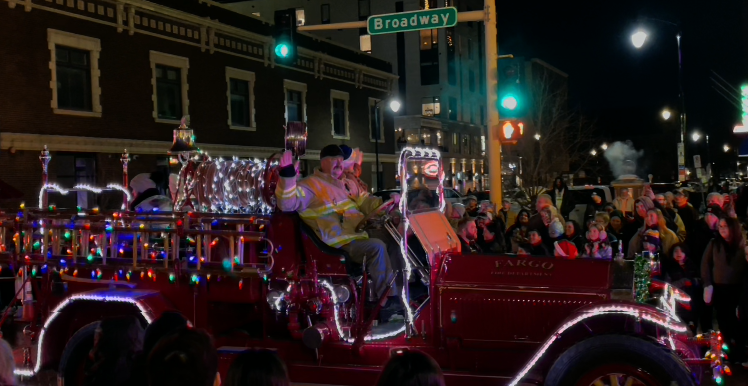Lightning Safety for the Hearing Impaired
Lightning may at times be nice to look at, but it can be deadly.
There have been 20 deaths by lightning so far this year in the country.
Many of us listen for thunder and know the lightning isn’t far behind.
But what can people do if they can’t hear those boomers?
There’s a safety motto from the National Weather Service…When thunder roars, go indoors.
Even if that saying rings true for 85 percent of the American population, there is a minority that can’t hear thunder.
So how do they stay safe?
Thunder booms before lightning flashes.
For every five seconds between the two, the storm is a mile away from you.
“Typically, if you’re close enough to hear the thunder, you’re close enough to be struck by lightning,” explained Greg Gust, Warning Coordination Meteorologist at the National Weather Service in Grand Forks.
But if you can’t hear the thunder to prepare you for the storm, you only have the flash.
If you’re outside during a thunderstorm, a deaf or hearing impaired person has less time to get to safety than a hearing person.
“If you see that flash, you’re only going to be usually a few miles from that thunderstorm, so you’re only going to have a few minutes to start seeking shelter.”
Other ways for hearing impaired people to get severe weather warnings are through social media postings on Twitter and Facebook, as well as from mobile apps on smartphones.
However, the notifications may not be enough.
“Notifications, things on your phone have some sort of sound associated with it and very quickly it became apparent to us that there is a need there and we can work on serving them a little bit better than we have in the past,” said Trevor Boucher, Meteorologist at NWS Austin/San Antonio.
Closed captioning on screens and monitors also help the deaf and hearing impaired.
But the most important thing to do is to work with people who are deaf to make sure they get the information they need.
“If you’re proactive with the deaf and hard of hearing, we can get educated on what we can serve as far as safety and awareness information, warning information, and for instance we learned very quickly by reaching out to the community, they don’t get a lot of notifications that many hearing people do,” explained Boucher.
The National Weather Service is working on a new program to help the hearing impaired get notifications in a different way.
From vibration alerts and working with cell phone manufacturers on bright flashing light notifications, it’s all about making sure all people are treated equally and stay safe.
With the ongoing work of NWS meteorologists, broadcast meteorologists and emergency managers, work is constantly being done to improve weather safety for everyone.
And they’ve adopted a new slogan.
When you see the flash…dash inside.






